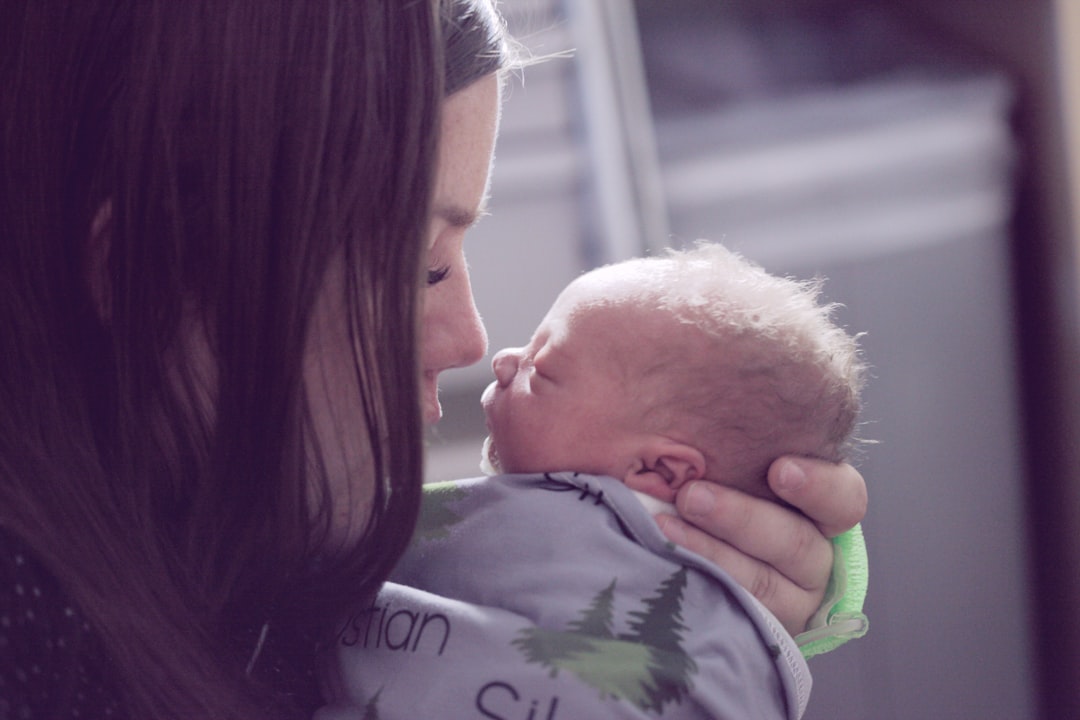What is it about?
A critical mass of angry people can influence mob decisions, even push a whole country toward war. If anger is just a quick and automatic reaction, it might seem hard to stop the chain reaction unless the inciting event simply did not happen. But past psychology studies found a bit of hope. Cognition is heavily involved in the genesis of anger. The appraisal theory shows that it is not just what happens that makes us angry, but how we see and interpret those events. This post 911 research discovered a number of cognitive appraisals (the ways participants evaluated the terrorist attack) that fueled anger and the desire for war in the Middle East. One of the most notable factor was blame attribution. Those who engaged in some self-blame, i.e., who thought American foreign policy was partially responsible for the 911 attack, were less angry and war mongering. The various cognitive appraisals involved in the genesis of mass anger promise hope for intervention. If the assessment of the event is changed, e.g., assuming more self-blame, then we should see a reduction in anger and the sentiment for war.
Featured Image

Photo by Kevin Schmid on Unsplash
Why is it important?
In an era of affective polarization, emotions are more powerful than ever to drive policy directions. The scientifical world is not ready to give up on ways to change mass emotions. One of the keys is to change our perception of the social world, particular the way we construe threats in our society.
Perspectives
Therapists in the tradition of Aaron Beck focus on correcting the underlying cognitive distortions to reduce sadness and depression. Similar cognitive-emotion connections exist in the way we reason and react to societal threats. The public's appraisals can be shaped by numerous factors, with the least of which being social media and traditional media.
Professor Violet Cheung
University of San Francisco
Read the Original
This page is a summary of: Paving the road to war with group membership, appraisal antecedents, and anger, Aggressive Behavior, January 2008, Wiley,
DOI: 10.1002/ab.20234.
You can read the full text:
Contributors
The following have contributed to this page










